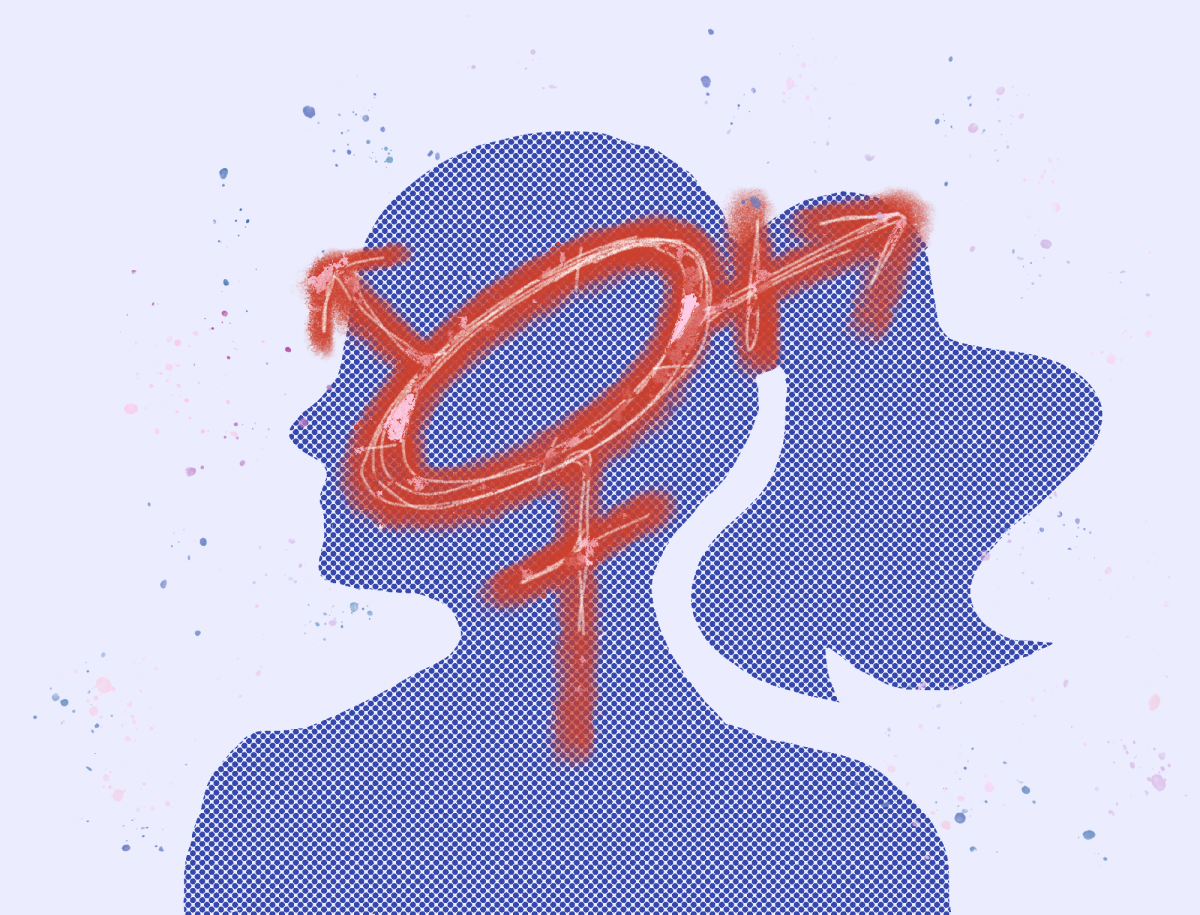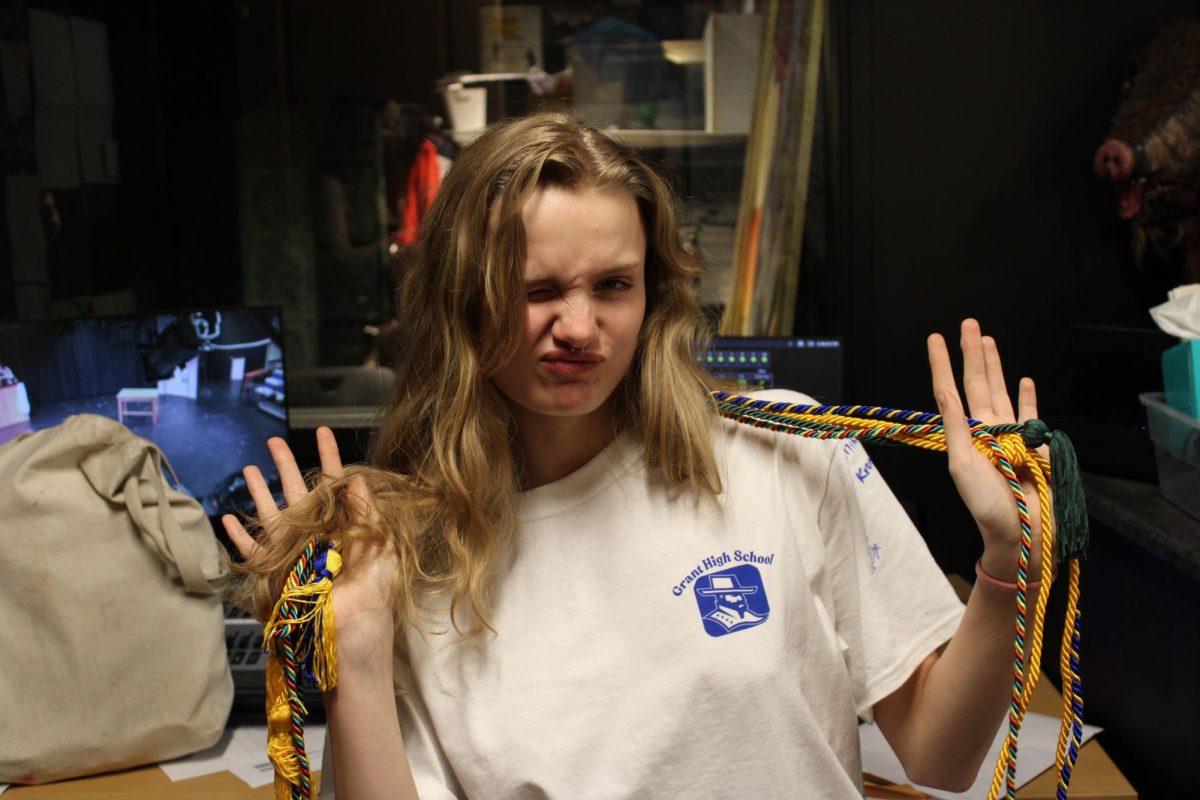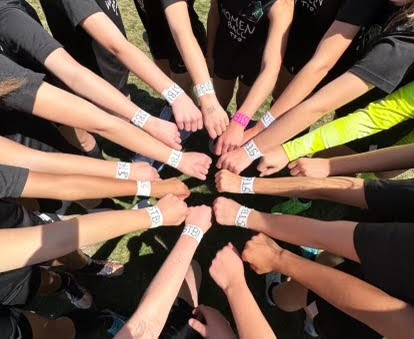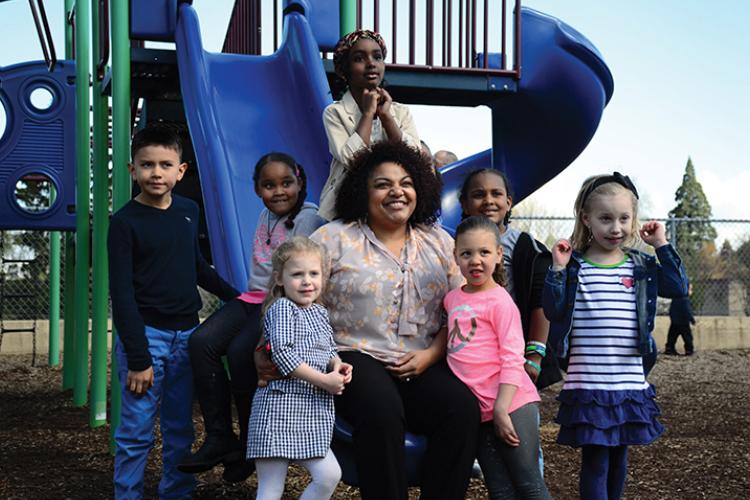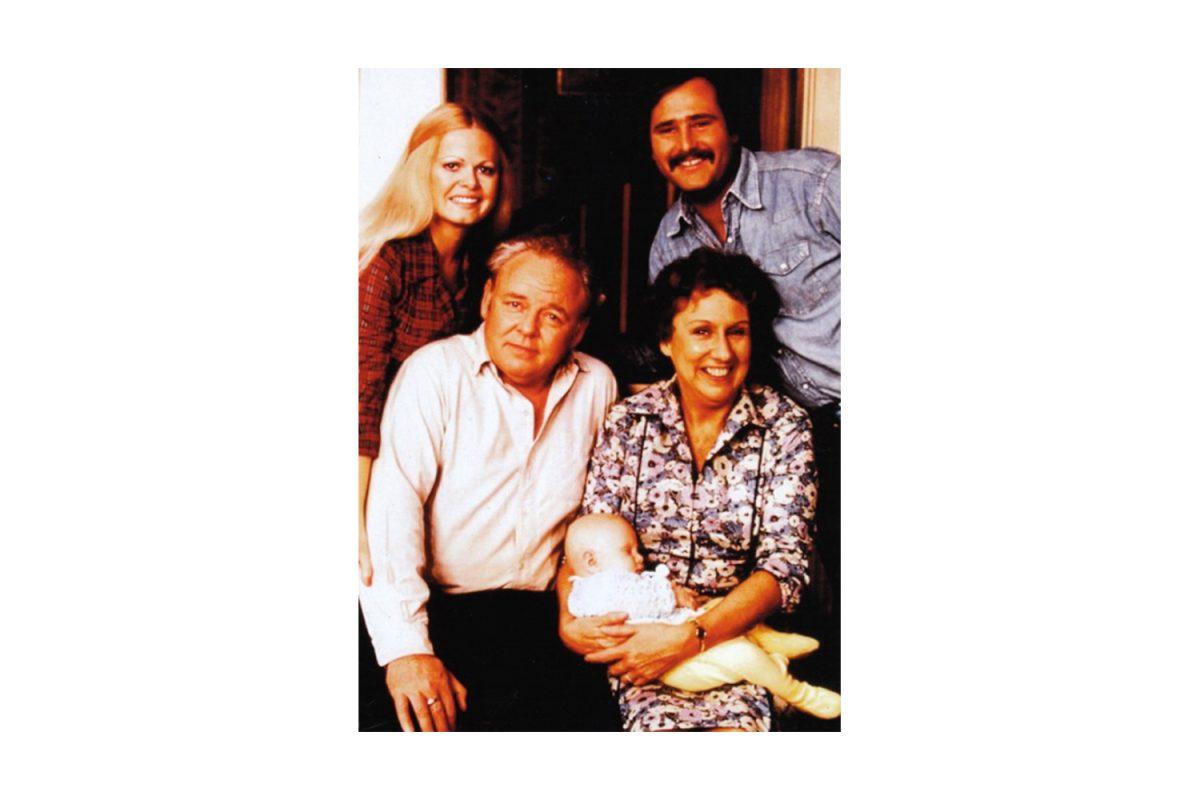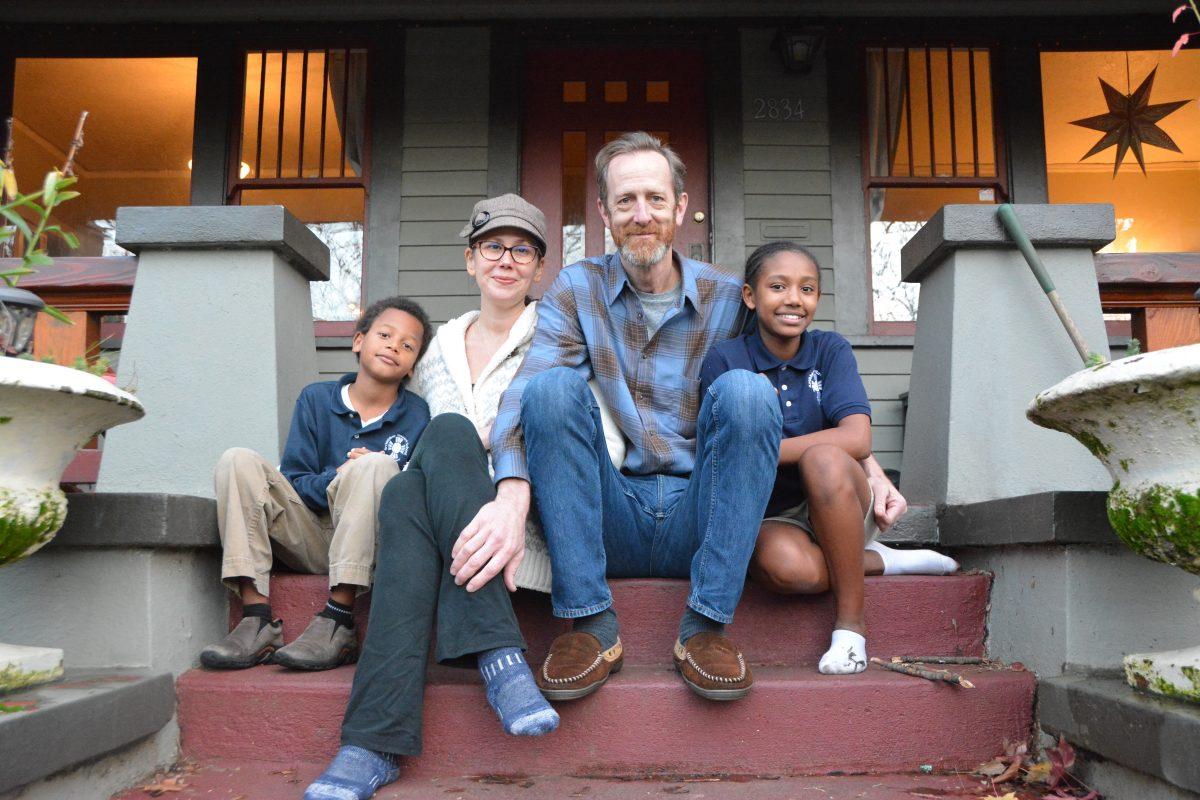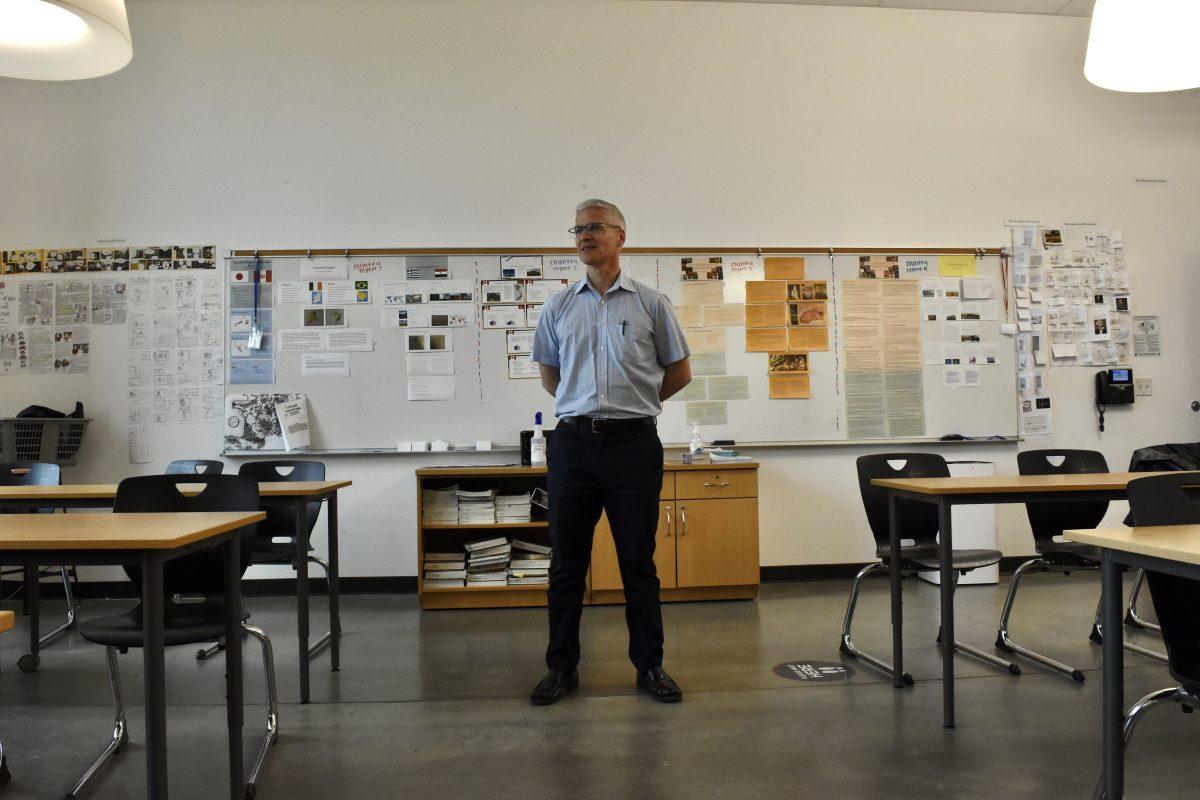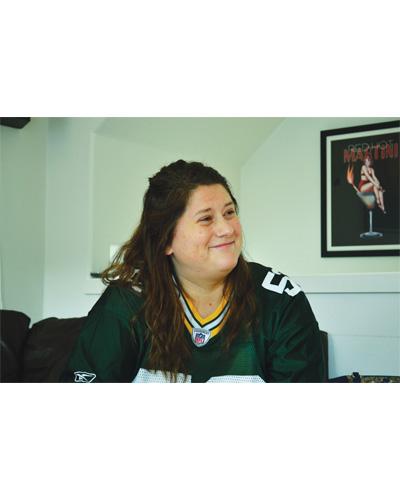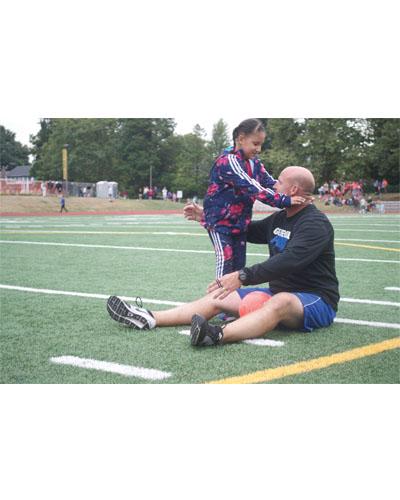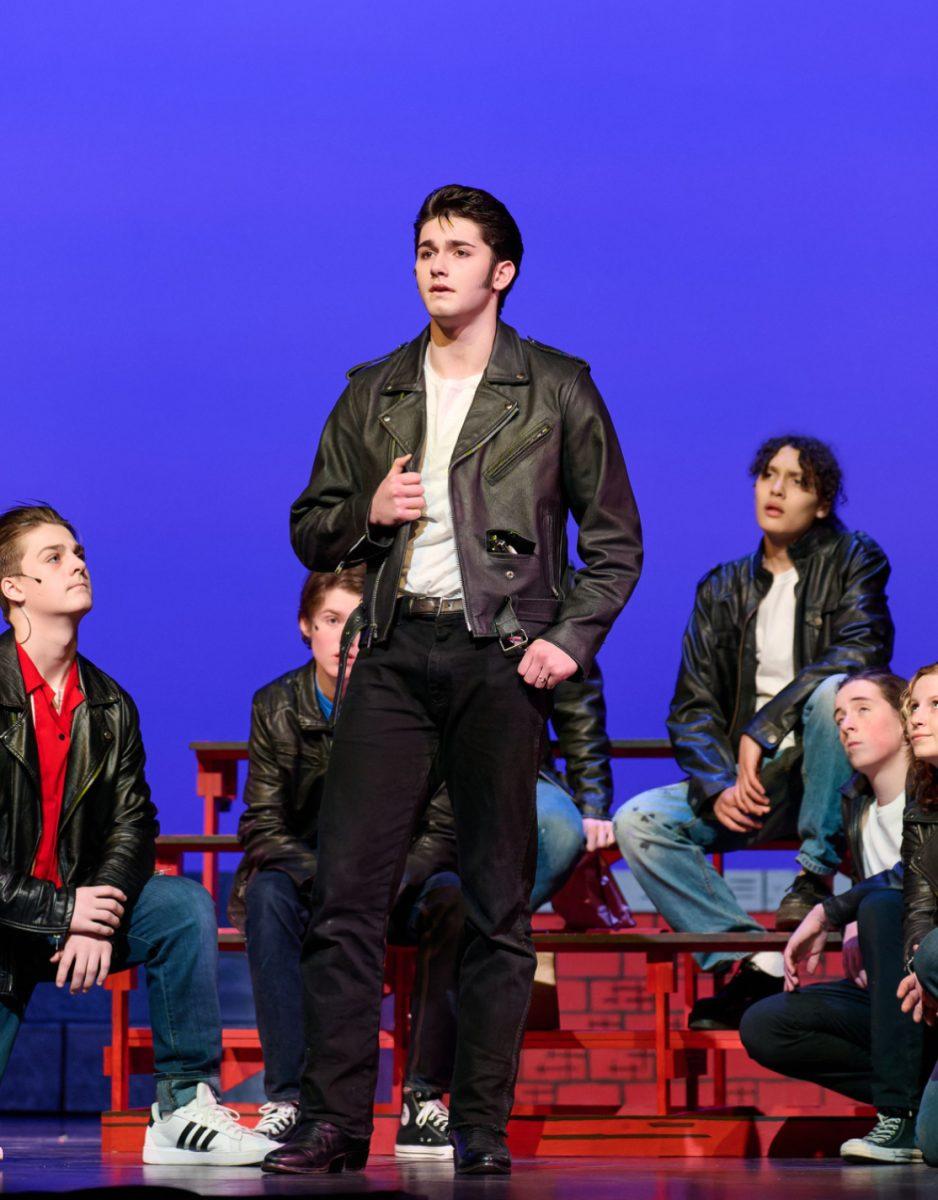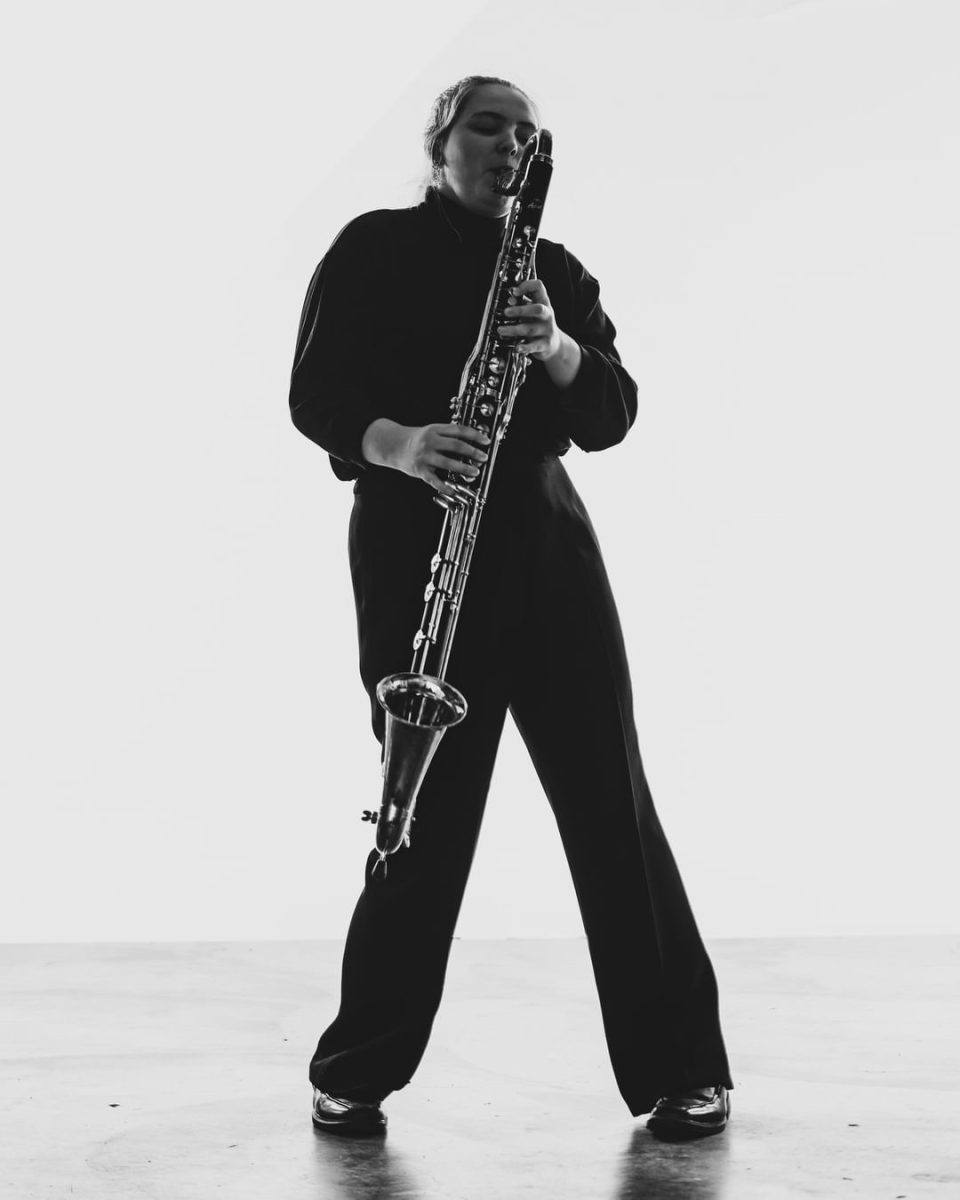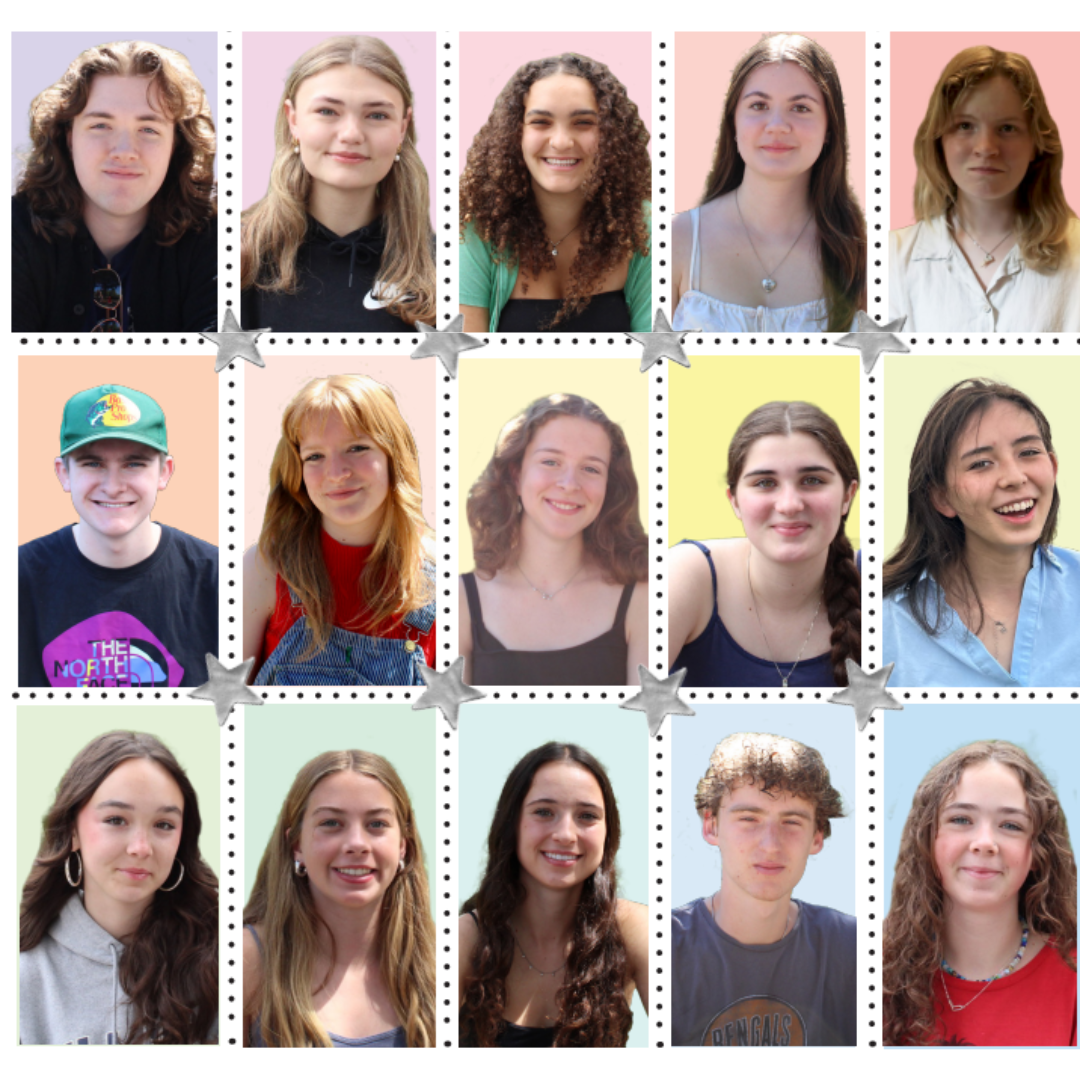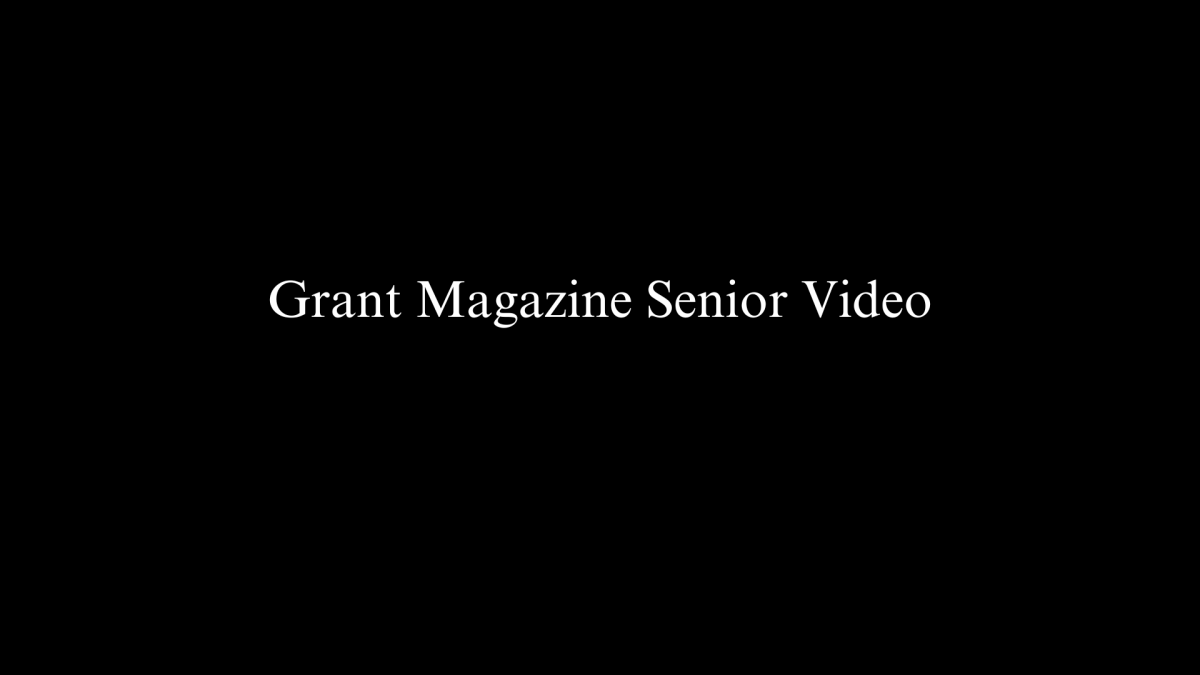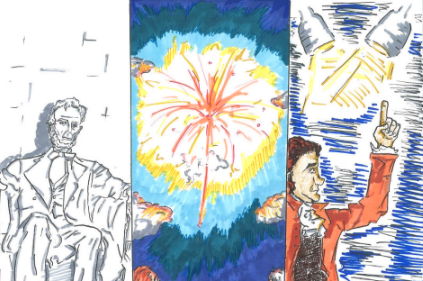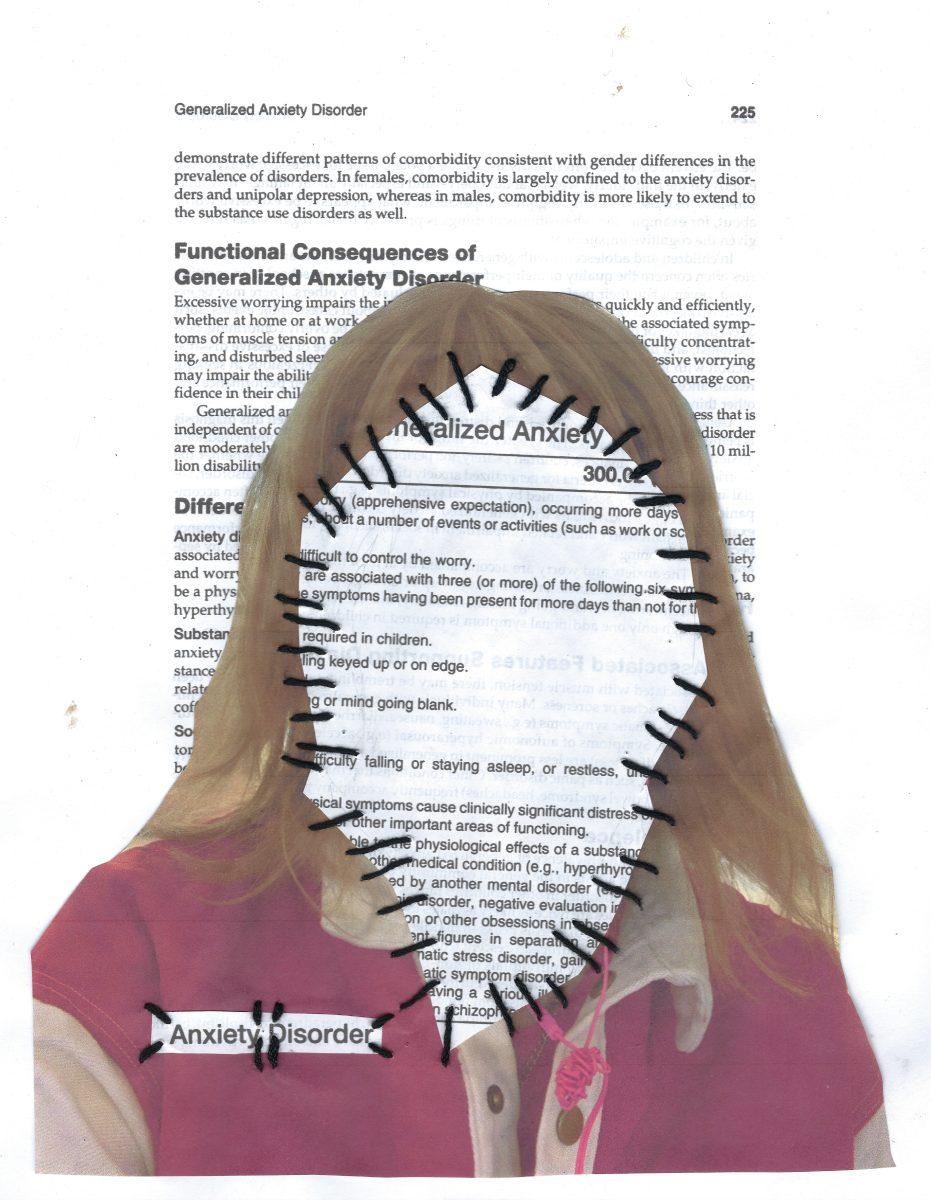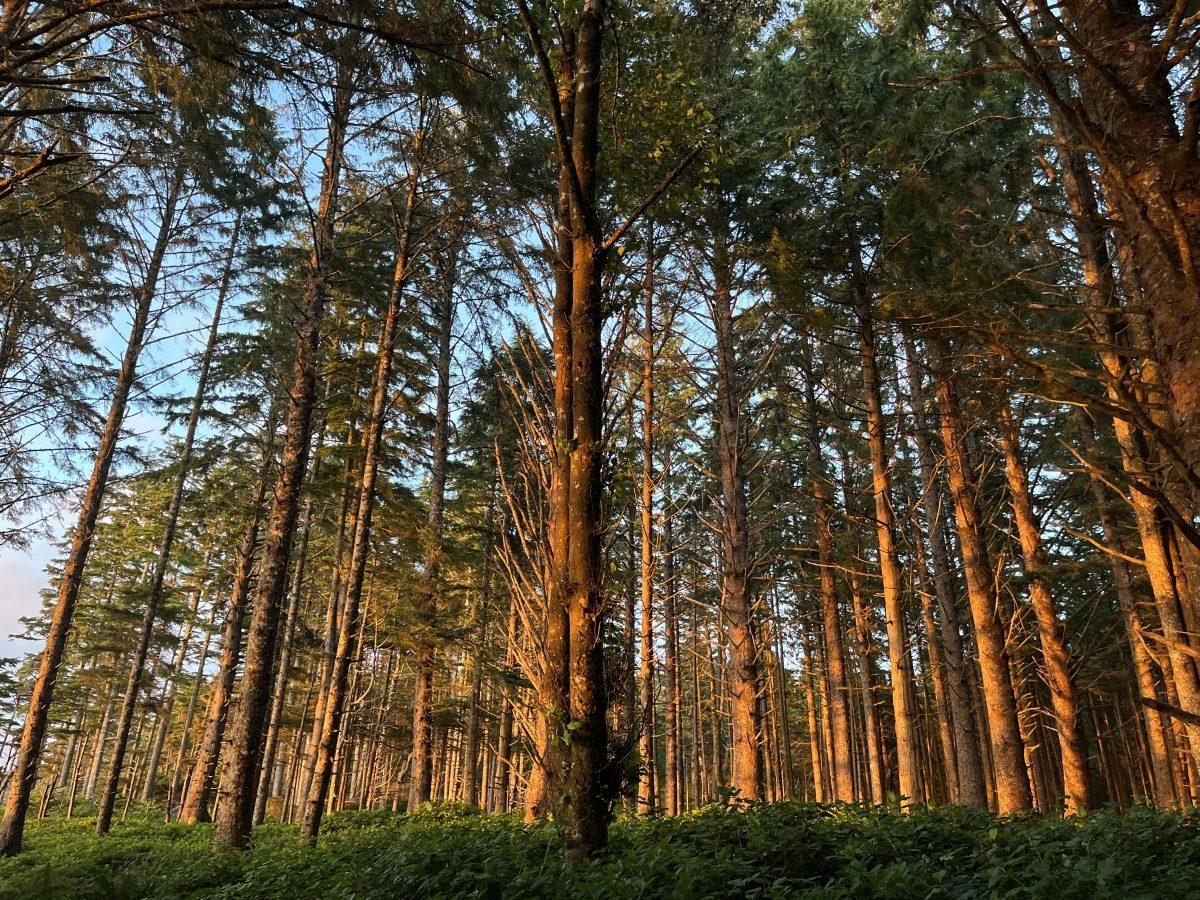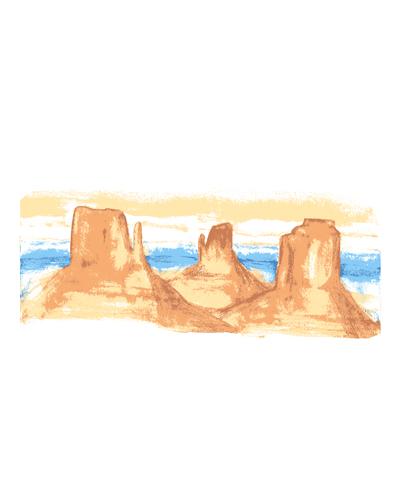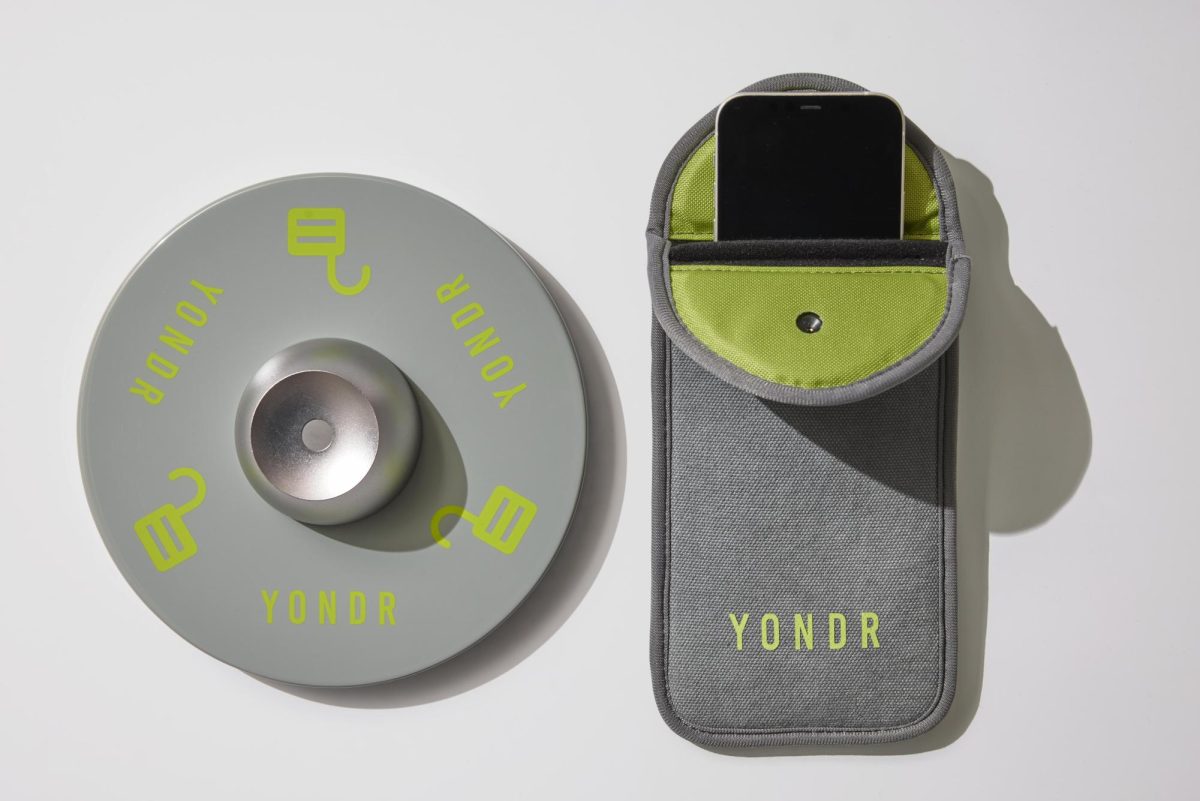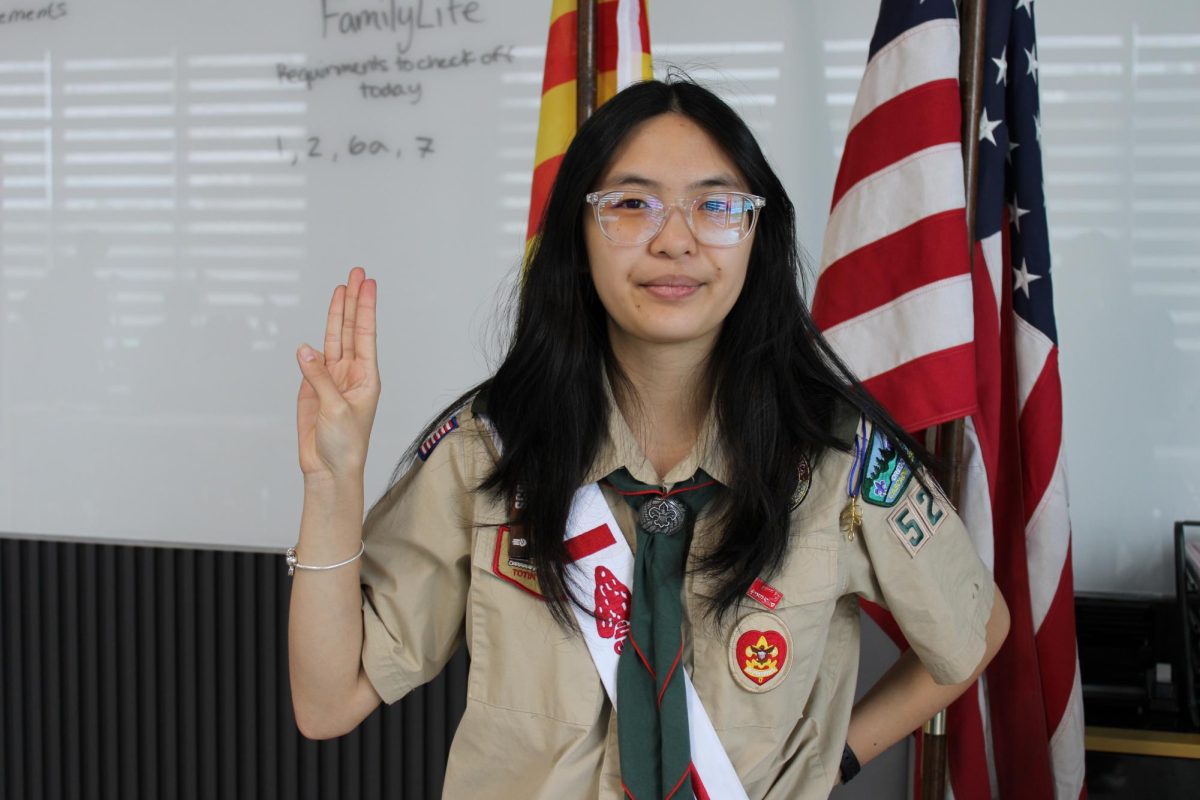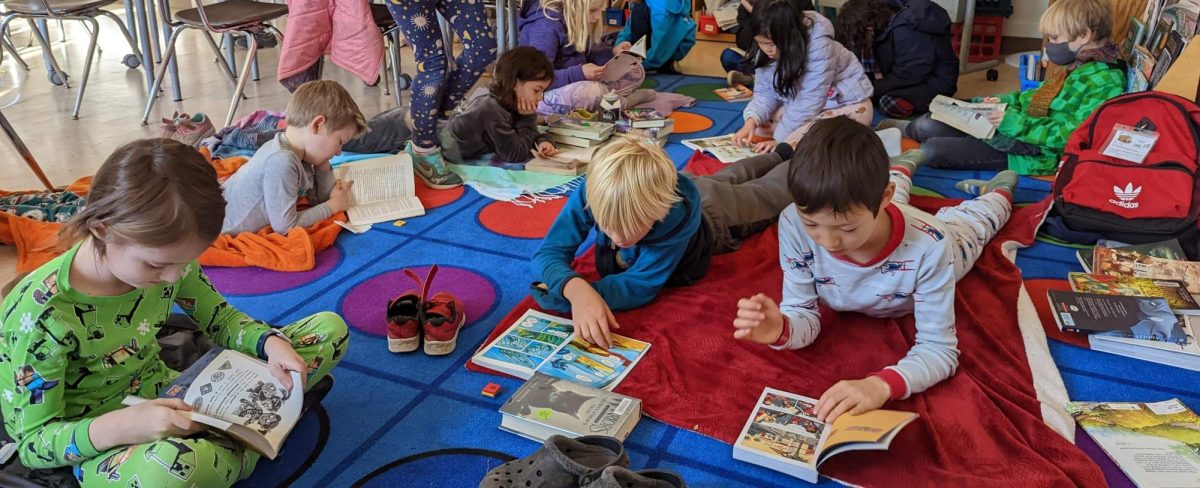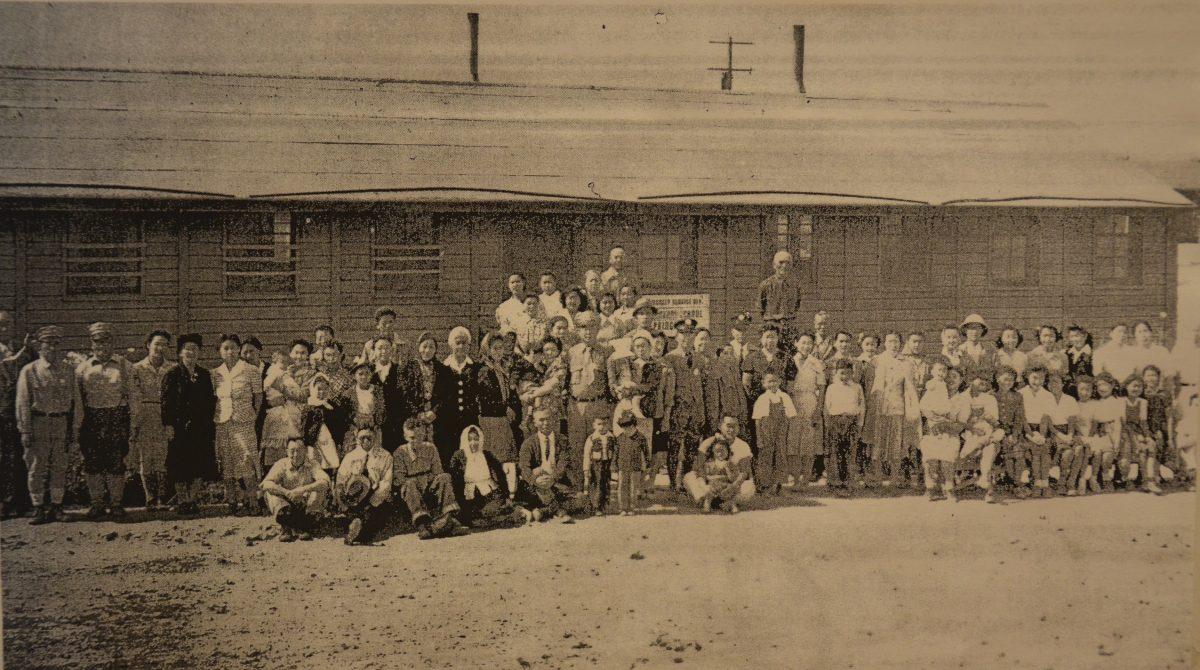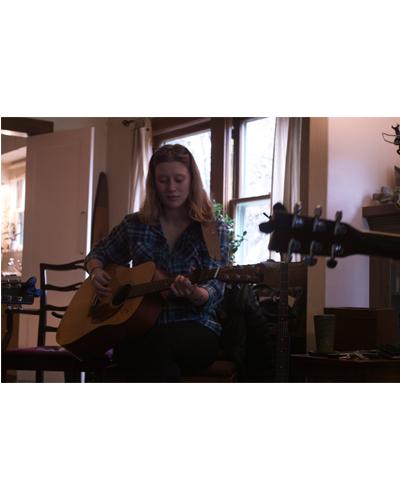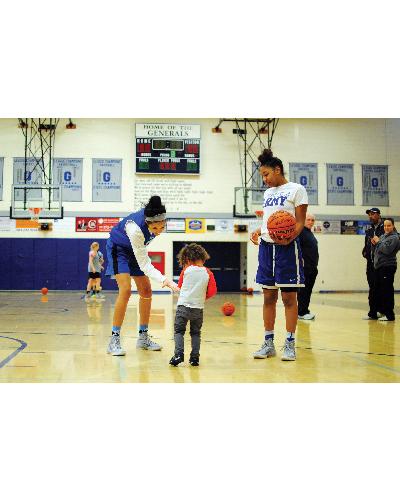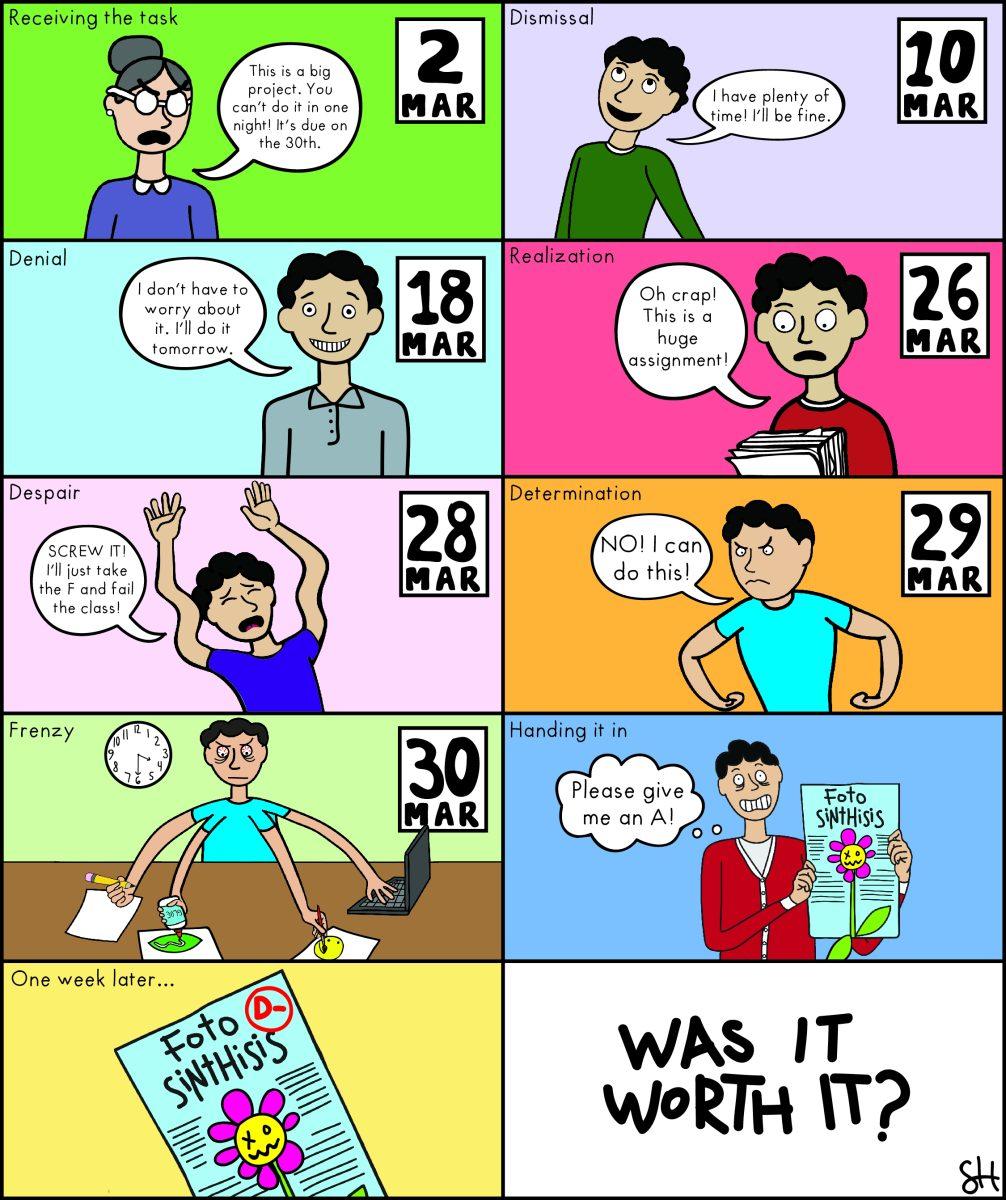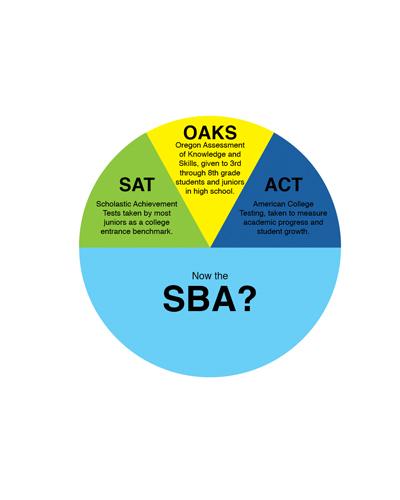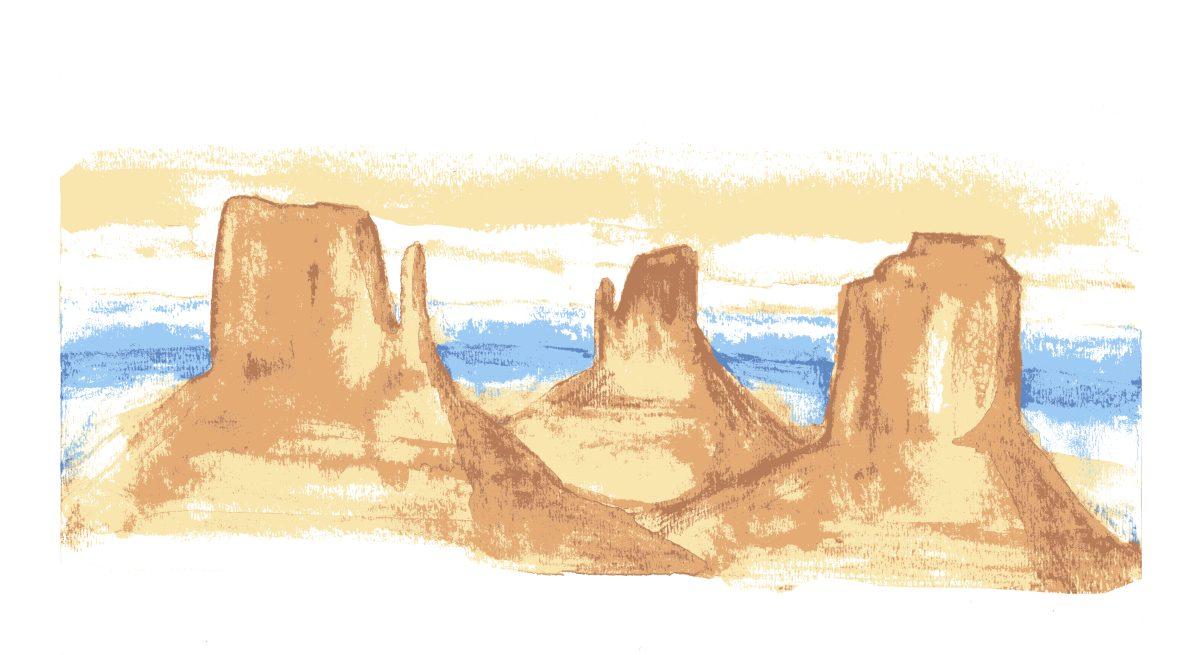
My eyes focused on the wall. The couch beneath me felt cold and I bunched a soft wool blanket around my feet. The hour hand on the clock inched toward 5 a.m. and light filtered through the window.
I woke my sisters and my parents, and slowly pulled on my muddy running shoes. The morning air felt cold and crisp against my fingers as I tugged nervously at my ponytail. “K’ad’dish,” my dad said, meaning “Let’s go” in Navajo.
Looking out at the sagebrush-speckled, red-clay ground, we all started to run. Fresh air pumped through my lungs as my shoes left imprints in the soft earth. It felt good. It felt like an adventure.
Growing up, my world was always split between two cultures. Each night before I fell asleep, I sang with my dad and sisters the hymn “Jesus loves me” in Navajo. I woke up to him placing soft fry bread into a pan of hot oil. My dad is Navajo and grew up on a reservation in Northern Arizona.
My mom, who is white, grew up in Montana on a small farm. She attended a tiny rural high school and loved riding horses.
Their different backgrounds brought them closer together. My parents have always made an effort to instill Navajo values in my sisters and me.
Humility. Persistence. Patience.
Every few summers, we visit the Navajo reservation. Going back is like a family reunion; my aunts, uncles and cousins all gather at my grandparents’ small, three-bedroom home and either sleep on the couch, in the back of a pickup or a tent pitched on the many acres of surrounding land.
Sitting around the fire pit, my grandpa tells us about the legendary skin walkers – tales scary enough to force my younger cousins in from the dark outskirts of the circle and into the laps of their parents.
But on that cold morning during the summer four years ago, I remember how conflicted I felt. I was 13 and it was time for my Kinaalda, the Navajo ceremony marking a young girl’s coming of age. I was at the mercy of all the women in my family and they each had a hand in my preparation.
Each morning, I woke up to run in the direction of the rising sun. At night, I chased the sun setting. My legs burned and my heart pounded as I ran as far as I could and back. The running, tradition says, teaches you how to push yourself, to understand your limits.
My Kinaalda helped me create relationships with my relatives that did not involve my dad as a bridge, as he had acted all the years before. It opened my eyes to insecurities I never knew I had but also gave me a deeper sense of my history.
During those few short days, I was immersed in a culture that should have felt natural and exciting, but didn’t. Sitting around the crackling fire with my cousins as the sun fell behind the blue mesas, the shadows cast on our sweaty faces seemed to only make theirs immensely darker than mine. The ever-present gap between us appeared to widen any time I looked at my pale hands. I felt like I didn’t deserve the ceremony – that I wasn’t Navajo enough.
My aunt Ralini guided me through my ceremony, running with me at night. Her heavy breathing pushed me to run faster as the sun cast a pink glow over the red rocks in front of me. Everything looked different in the dark and I wasn’t sure if I was going in the right direction or if the rustling in the low trees came from the wind.
We ran toward the sunset and turned around when it got too dark. When we got back to the house, complete with scratches and bug bites, she hugged me and told me I had done great. A warmth washed through me. Her encouragement dispelled any doubts or worries that I had. I knew that my family was there to help me finish.
On the final and most important day of the ceremony, I was dressed as a Navajo princess. Heavy turquoise jewelry hung from my ears, weighted my fingers, wrists and neck. My grandma, aunts and mom encircled me, dressing me in a traditional foot-length skirt with a dark blue button-down shirt and soft moccasins.
The hot Arizona sun sent beads of sweat trickling down my back. As I looked at myself in the mirror and the pictures of my cousins on the wall wearing their Kinaalda outfits, I could only notice the ways in which we looked different. Their deep, tan faces only made mine look pale, bland and less experienced. I felt like I was stealing something from my family by wearing this outfit rich in history. But I hid the feeling and twirled in front of the mirror to appear happy.
With the same brave face, I went through the motions of the ceremony. I laughed and smiled and tried to seem at ease, but on the inside I struggled to feel comfortable.
Even around my great-grandmother – my nalisani, who only speaks Navajo, wears traditional clothing and has soft, wrinkled hands that tell a thousand stories – I felt anxious. Her voice has a soft lilt and she sat watching me as I struggled to stir the thick batter for my corn cake. Baked in a three-foot wide hole in the ground and lined with damp cornhusks, the corn cake symbolizes the work ethic that a young woman must put into all that she does.
Underneath layers of jewelry, corn and sweat, my hands ached and loose strands of hair fell over my eyes. My nalisani’s soft-spoken demeanor and deep eyes half scared me, half warmed me. She approached me and pulled my hair into a tight ponytail. I felt at ease. Her gentle hands massaged my head and I was surprised by the strength in her frail-looking fingers. I realized that what I wanted most was her acceptance, and with her simple touch I felt like the two worlds finally merged.
By the fourth day, I had grown accustomed to the land and knew how to keep my balance on the patches of slick mud, where to avoid small cactus plants and which mounds belonged to ants and which were simply piles of dirt. During my final run, I didn’t mark my distance in miles or minutes, but rather by the number of homes I passed.
I changed out of my long skirt and stuffy shirt, speckled with dirt and cake batter, and gently removed the jewelry. I washed the corn from the intricate rings and took them outside to return to my grandma. She shook her head and told me to keep them. I slipped the turquoise onto my fingers, but they fell off. So I tucked them into my suitcase, saving them for a time when my fingers would one day fit their smooth linings.
Today, even small things bring me back to the mesas of Arizona. The smell of blue cornmeal baking in the oven. The sun penetrating through my cotton T-shirt and sending sweat down my back. A vibrant wool blanket flung on our living room couch.
Sitting on my bedroom dresser in a small box are the two rings, the only tangible items I brought back from my Kinaalda. But I have the memories that showed me being Navajo is not something I have to prove. Like my dad, aunts and cousins, I am soft spoken and persistent. But I am also Navajo in ways unique from my family.
I remember the first time I kept my eyes open as my dad and uncle adeptly cut a sheep’s throat for butchering. I remember my aunt calling me “A’wee,” the word for baby in Navajo, as she hugged me after a terrible basketball game. Each of these experiences has shaped who I am.
My Kinaalda strengthened my sense of culture and belonging. Now, walking through Grant’s crowded halls, I know at my core where I have come from. I have a stronger sense of where I am going. ◊

